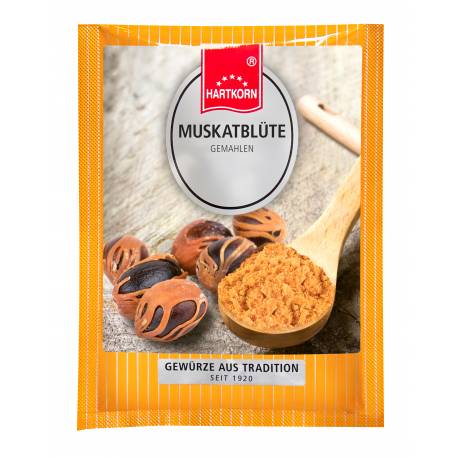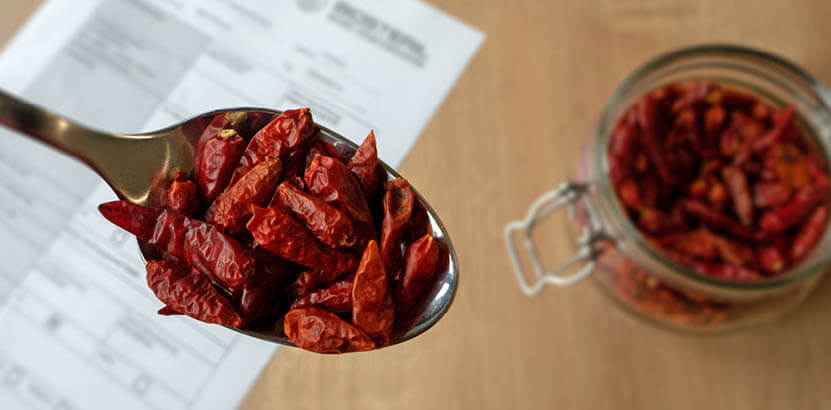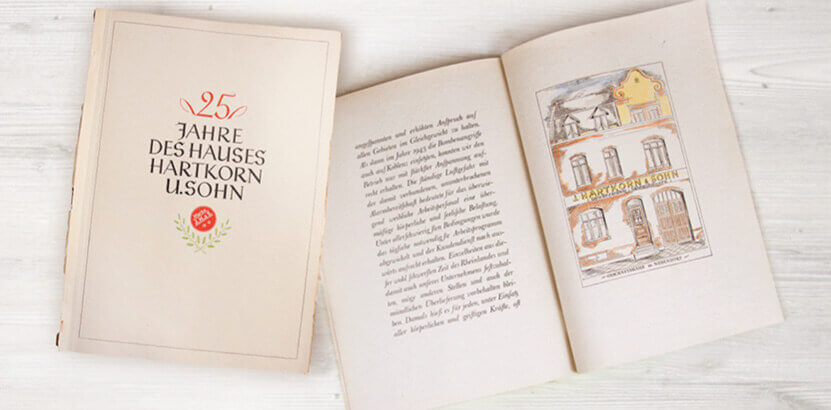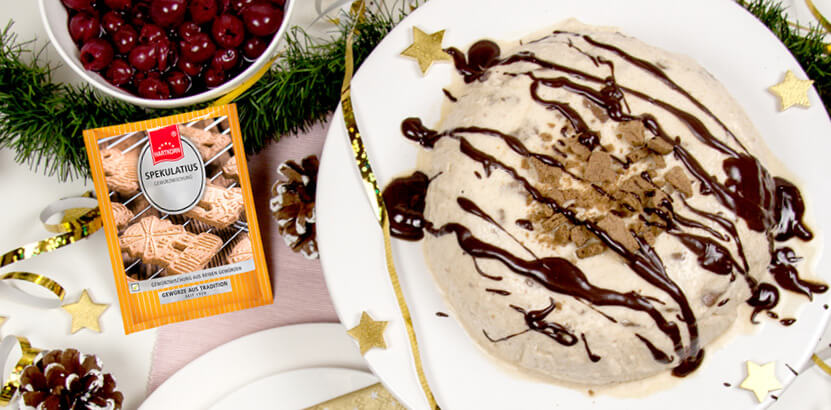Synonyms: Botanical family: origin: Classification>/strong>: spice shape: flavor: odor: use: The nutmeg has a very fine aromatic scent and tastes characteristically fiery and slightly bitter. (The Papua nuts of the species Myristica argentea from New Guinea taste somewhat more austere). Usually the intensely spicy nutmeg is freshly grated, more rarely it is added sparingly to dishes that are already ground. It is suitable for seasoning soups, sauces, vegetables, meat dishes, pastries and many other dishes. Nutmeg is also contained in sausage spice mixtures. It is also used in medicine, the perfume and cosmetics industry and in beverage production. Macis or mace smells and tastes similar to nutmeg, but is even finer, more delicate and aromatic. In the household it is less known for use in the kitchen. In the kitchen it is suitable in the same way as nutmeg and is also suitable for sweet dishes. However, the food and luxury food industry likes to use the bright yellowish or reddish yellow ground mace. tip: Recipe suggestion: knowledge: Botany: History: Mace
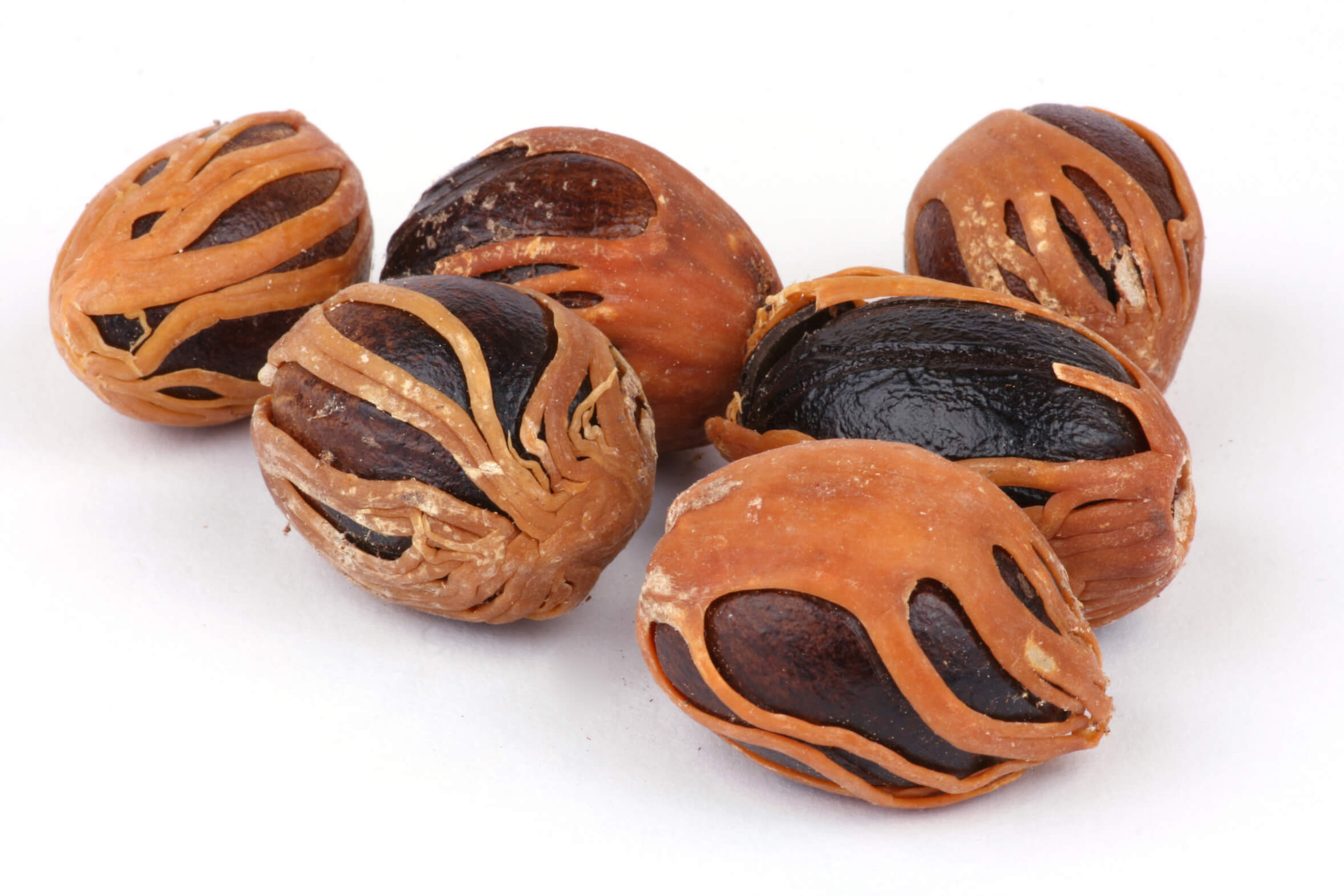 Botanical name:
Botanical name:
Myristica fragrans HOUTT.
Macis flower
Muscatelaceous plants
Indonesia, Grenada, South India, Sri Lanka
spice
seed coat
spicy, slightly burning
strong spicy
Gingerbread, Printen, Christmas cookies, compote, jam, punch, sangria
Can also be used in the production of sausage
Tomato Chutney: Cook 1.5 kg of tomatoes (peeled and chopped) and 4 cloves of garlic (in slices) in a pan until a thick paste is formed. Stir in 100 ml white vinegar, 1 teaspoon salt and spices (1/4 teaspoon paprika powder, 1/4 teaspoon ground cloves, 1/4 teaspoon ground mace, 1/4 teaspoon cardamom capsules). Bring to the boil and cook for 15 minutes until jam-like consistency. Dissolve 250 g sugar and 75 ml vinegar and add. Simmer for about 25 min., stirring from time to time. The chutney should be very thick. Pour hot into preserving jars.
Extraction: The brick-red seed coat surrounding the nutmeg fruit, the so-called nutmeg, is removed without tearing and dried for about 8 months.
The annual, biennial or perennial herb grows to a height of about 30 to 60 cm. The gray-green, whitish to reddish overflowing and downy-felty hairy shoots carry short-stalked, elongated, egg-shaped, whole-edged, gray-felted leaves 5 to 20 mm long and 5 to 10 mm wide on both sides. The small, whitish to reddish flowers have grown together from several petals to a simple, bag-shaped calyx and are almost covered by bracts like roof tiles. There are two types of marjoram - the leaf marjoram or French marjoram and the bud marjoram or German marjoram. In warmer locations, such as the Mediterranean, marjoram is perennial, but in cooler central and northern Europe it is only annual and, as a so-called summer marjoram, rarely flowers and bears fruit.
The first harvest of nutmeg is possible after about 8 to 10 years. However, the best possible yield is between the 15th and 60th year. Healthy trees can still be harvested even after 100 years, but the trees are very susceptible to pests and fungal diseases. Good trees yield about 1,500 to 2,000 nuts a year, which are distributed over the harvesting process, which takes place three times a year. The fruits are picked when they are ripe after bursting. The rough flesh of the fruit is then removed and the seed coat (so-called macis flower) is carefully separated from the kernel without damaging it. The kernels are then dried for 4 to 8 weeks in the sun or in drying houses. When the seeds have come loose from the shell inside (it rattles when shaking the kernel), the kernels are broken open and the nutmegs now obtained are spread out for further drying. The nuts, which are spherical or elongated depending on the type, are 20 to 35 mm long, 10 to 25 mm wide and weigh between 5 and 10 grams. They are light or dark brown, wrinkled and netted and are sorted according to size. The commercial classes are designated according to the number of nuts per pound or half a kilogram. Nutmegs are usually sold whole, less frequently ground. The seed coats of the nuts, which are obtained during harvesting and are as unharmed as possible, are also dried in the sun or in drying rooms. They are pressed flat from time to time, change their carmine red color to orange to yellow-brown when dried and become horny firm. When dried, they are about 3 to 4 cm long, about 1 mm thick and are sold whole or ground as macis.
Nutmeg was already known and sought-after in Egypt long before Christ, as proven by finds in sarcophagi and burial chambers. Around 400 AD, Arab and Venetian traders sometimes brought the very rare and therefore precious spice to Europe. But it was only in more recent times, with the discovery of the sea route to India by Vasco da Gama, that the real history of nutmeg and the spice trade began at the beginning of the 16th century. After the Portuguese had dominated the spice trade for almost a century and fiercely defended their monopoly, they were finally ousted from their Southeast Asian possessions by the Dutch. The Dutch, in turn, strengthened the monopoly of the nutmeg trade by rigorously restricting cultivation and destroying all but a few islands. The extremely high price of nutmeg caused by this finally made the French make every effort to acquire living nutmeg trees for their own cultivation. In 1770, with the help of Pierre Poivre, they finally achieved this goal in a single stroke of the hand - seeds and shoots of nutmeg trees and cloves stolen with them were brought to Réunion and Mauritius and their new planting and propagation were strictly controlled and guarded. In the meantime, the English were driven away from the Spice Islands by the Dutch and ensured that the Muscat trees spread to Sumatra and India. Although the Dutch later regained their possessions, the monopoly of the spice trade, which had been maintained for a long time, was broken.
http://de.wikipedia.org/wiki/Muskatnussbaum

